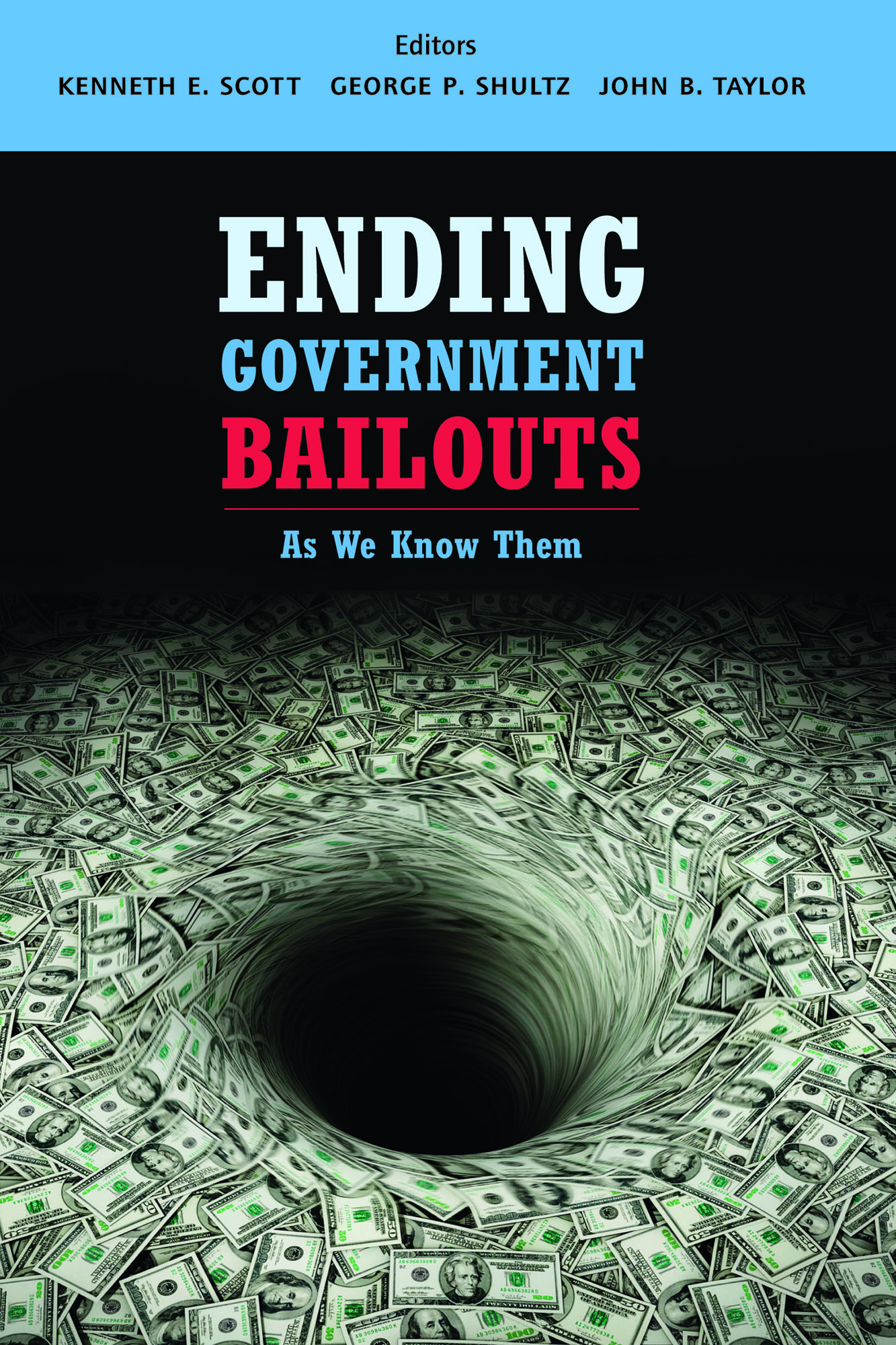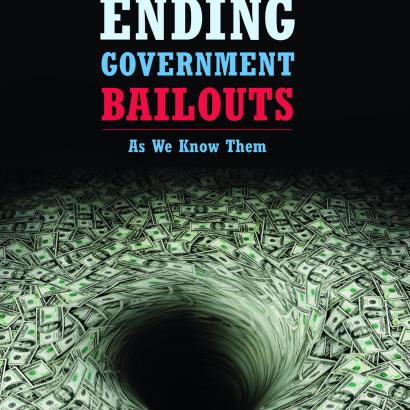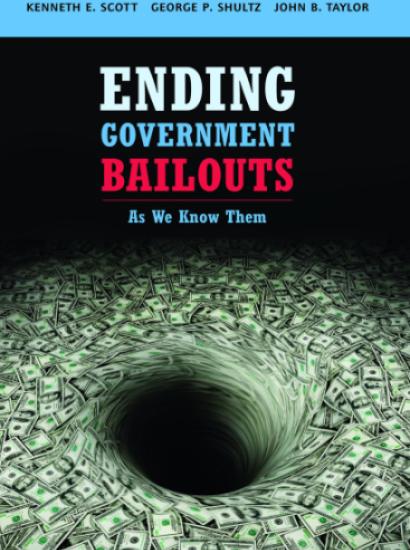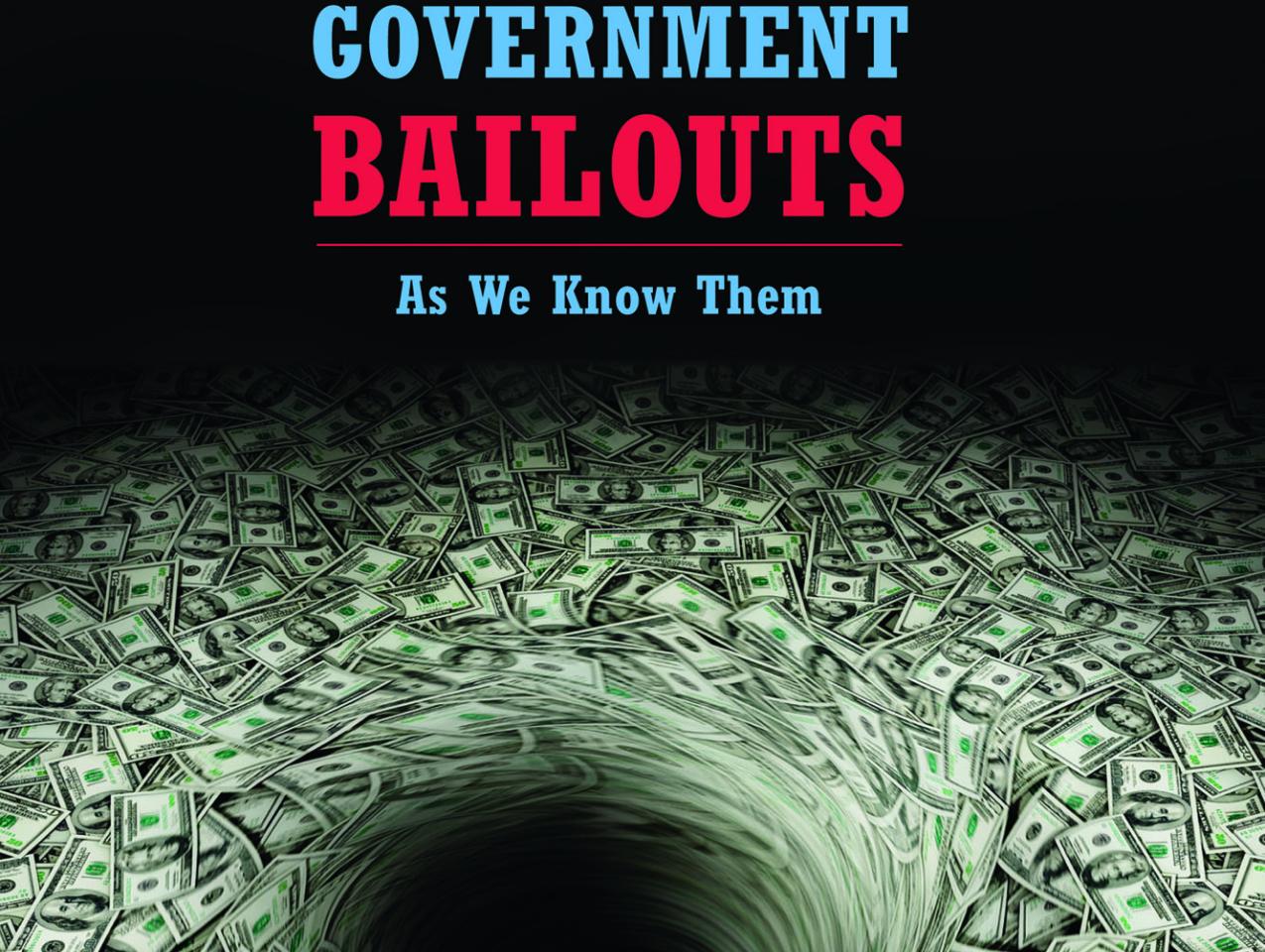
The American people are clearly upset about the massive government bailouts of faltering organizations and the consequent commitment of taxpayer dollars-as well as the heavy involvement of the federal government in private sector activities. How do we approach a problem of this magnitude? The key question, which George Shultz presents at the outset, is: How do we make failure tolerable? In other words, if clear and credible measures can be put into place that convince everybody that failure will be allowed, then the expectations of bailouts will recede and perhaps even disappear. Perhaps more important, we would also get rid of the risk-inducing behavior that even implicit government guarantees bring about. In Ending Government Bailouts as We Know Them, a team of expert contributors examine the dangers of continuing government bailouts and offer constructive alternatives designed to both resolve the current bailout problem and prevent future crises.
The other contributors follow up on Shultz's premise with discussions on a range of key topics. They begin with the nature of systemic risk-particularly in the experience of the Lehman Brothers bankruptcy-and the reforms that financial firms can implement, whether or not required by government regulatory agencies. They also explore in detail the two main alternatives to government bailouts in the case of a failing financial firm: bankruptcy versus resolution authority. The book concludes with a summary of the commentary on the chapters by formal discussants and the audience at the conference, ranging from constructive critiques to strong endorsements to ideas for future research.
Copyright 2010.
















